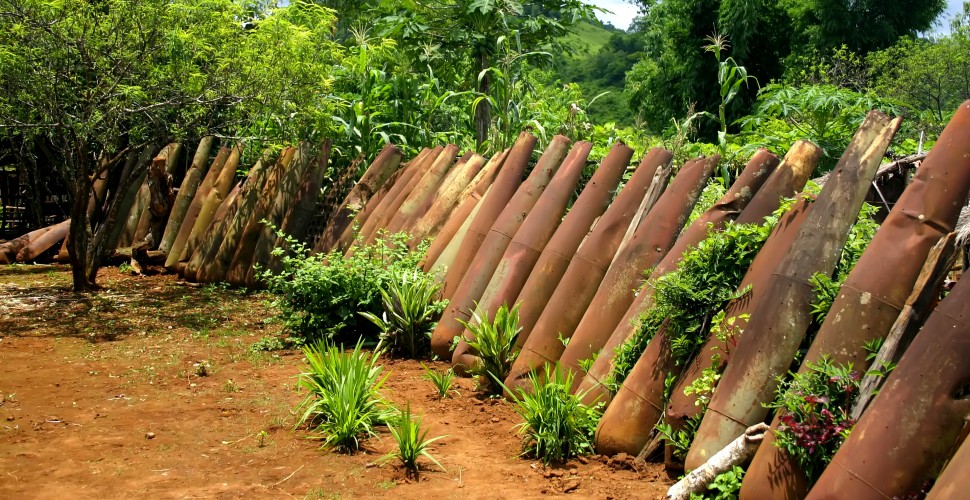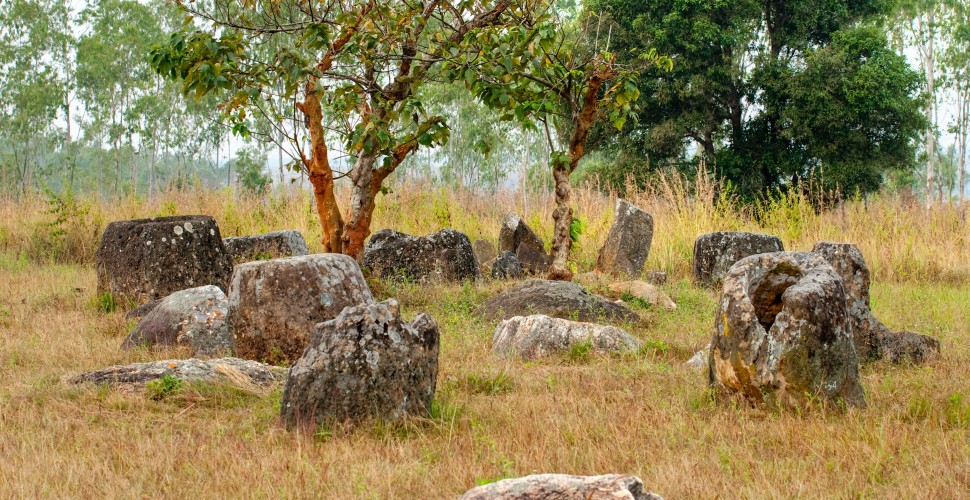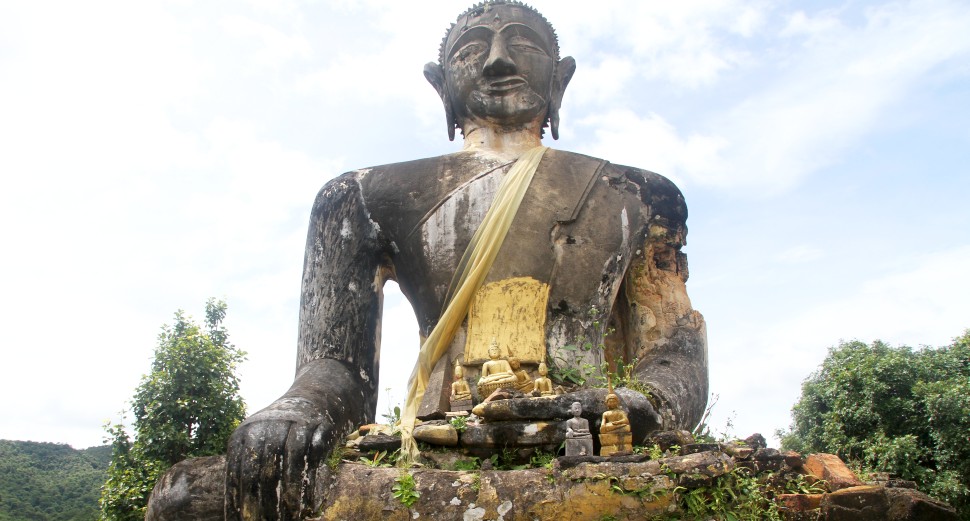Phonsavan, Laos: Where the Vietnam War & Megalithic History Meet
Aside from the capital, Vientiane, Laos has two major tourist hotspots, Luang Prabang with its old-world French colonial feel, as well as Vang Vien – where backpackers go to party. Phonsavan is nothing like either, but it can serve as an ideal place to relax for those who are weary of being on the full-blown tourist trail.
I arrived in Phonsavan by overnight sleeper bus from Vientiane – but didn't even manage five minutes of sleep. Not only are the roads in Laos extremely bumpy, but as you head up into the hills, they twist and turn every fifty yards or so. But since the bus was only half-full, at least I got a queen size bed (meant for two) to myself. However, this was little comfort as each turn the bus took made me slide over the bed, almost causing me to fall into the aisle. This, in addition to the extremely cold air conditioning system meant that sleeping was impossible. It's especially frustrating to be cold on a bus when it's 25 degrees outside!
It was 6.30am when I arrived in Phonsavan. After the ten hour bus trip, I was keen to find a place to get some sleep. A tuk-tuk man drove me to the middle of the town's long main street and dropped me where another man was waiting. He asked me if I was looking for a guest house, I said yes, so he directed me up a perpendicular road, with the air of a friendly local doing a visitor a favour. It was several hours later, when I saw the same man come in and sit in the guesthouse garden, that I realised he owned the place! He must have had some mutually beneficial arrangement with the tuk-tuk driver.
After a long sleep I decided to venture out into Phonsavan. It was raining heavily, so I donned my trusty plastic poncho and sought dinner. The town is basically one long road. It had a wild-west feel to it and, in its rain-soaked condition, on the verge of being deserted.
The Scars of War
Everywhere I looked there were rusting bombs, shells, bullets and machine guns – often used as a kind of odd decoration for the restaurants and shops. The reason for all this aging (and disarmed) ordnance was the Vietnam War – or more specifically, the huge bombing campaign undertaken by the USA that peppered this whole area with high explosives. Their target was the Vietcong, but often the victims were local people. Plus when US bombers returned from bombing Hanoi just over the border, they would frequently drop unused bombs on Phonsavan and its surrounds.

Borderland People
The people here look very different to those in Vientiane. Many are of Vietnamese of Chinese origin (neither countries are far from here), so are paler than those in the capital. Many of the shops and restaurants display signage in both Chinese and Vietnamese, with a few advertising their wares in English. One of these, I was surprised to find, was a pizza restaurant. I sat down and ordered a Margarita cooked by a young Lao woman; it was excellent. I was informed by a fellow diner that the cook's husband was Italian and had taught her the magic of pizza making.
Plain of Jars
The next day I was keen to get out. I had slept too much and it was a bright sunny day. The main attraction in Phonsavan is the Plain of Jars – which is actually three plains. To get to the main plain I needed transport – since it was several miles away. After failing to find a motorbike to rent, I spotted a bicycle rental shop and decided I would cycle to the 1st - and primary - Plain of Jars.
The rental man wanted my passport as security for the bike – or five hundred dollars! I had neither on me. In the end, he accepted my China Eastern airline rewards card, which is pretty much worthless but must have looked like an American Express card to him.
As it was a very bright, hot day I slapped on lots of sunblock. But as soon as I started pedalling the sweat streamed off me, causing the sunscreen to seep into my eyes. However, I managed to cycle the 10km without incident, stopping frequently to wipe my stinging eyes.

I was glad to reach the Plain of Jars – and was somewhat impressed by my fitness level; I had not done much exercise recently.

Huge Megalithic Stoneware
I wandered the stone jars – which really are huge 1.5m jars that have been hewn from granite. It must have taken a massive amount of work for each one – and there were dozens! Once again, there were several bomb craters on the plain, the explosions from which had ripped a few jars in two. There are signs of the Vietnam War everywhere here – even artefacts dating back thousands of years bear the signs of this relatively recent conflict.

The old saying ‘if you've seen one jar, you've seen them all', popped into my head, and after an hour or so of jar-hopping, I decided to do the return 10km to Phonsavan.
It was an exhausting ride back, but en route I did manage to buy some energy boosting bananas and plums from a smiling old lady by the roadside, whose face was covered in bright red plum juice. I popped a few of the little things in my mouth – and began the last couple of miles to town.
By the time I got back to the guest house it was raining again. In my room I rested my sore muscles and listened to the frogs ribetting outside in appreciation of the rainfall. I lay there pondering Phonsavan. This town is an intriguing place, where ancient and modern history both feel very real. Certainly, if you want to get a broader sense of how people across South East Asia were affected by the Vietnam War, then come here: officially the most bombed place on Earth.
Get a Quote